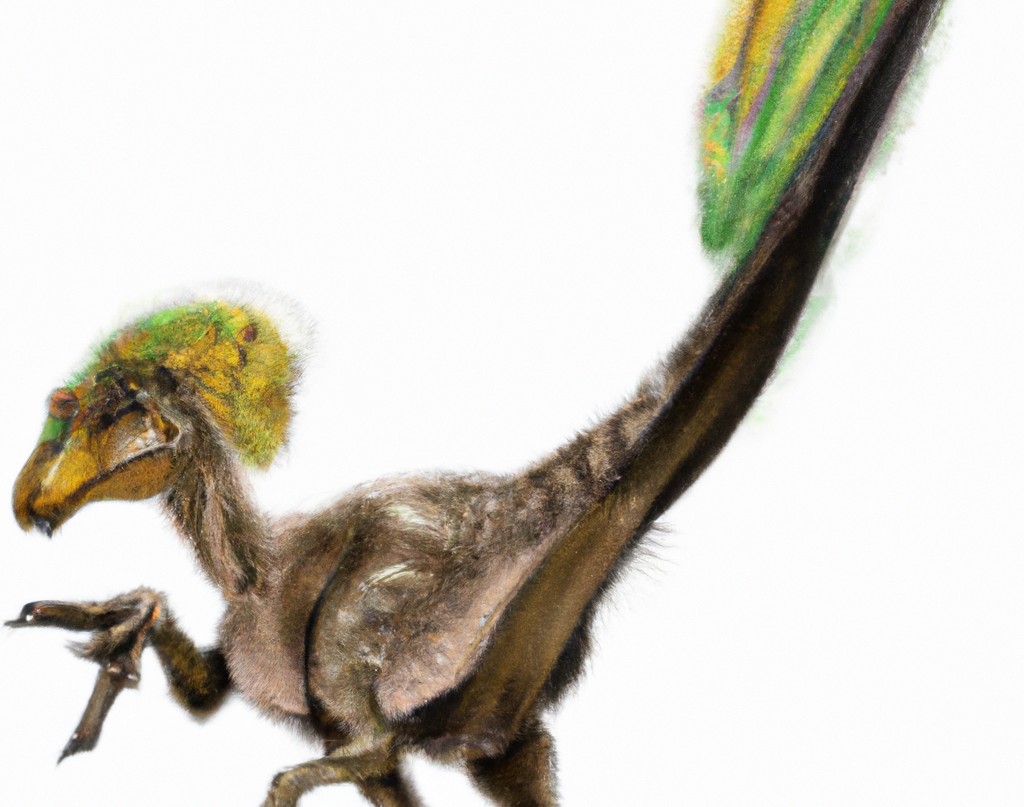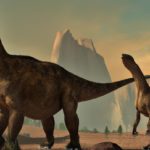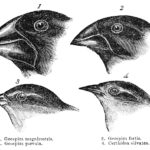The Cretaceous period was the final of the three major dinosaur eras, and it lasted from approximately 145 to 66 million years ago. During this time, the Earth’s climate was warm and humid, and the continents were fully separated. The Cretaceous period saw the evolution of many advanced and specialized dinosaur species, such as the tyrannosaurus and the triceratops.
The Cretaceous period began after the mass extinction that occurred at the end of the Jurassic period, approximately 145 million years ago. This extinction wiped out many groups of reptiles, including the last of the sauropods, and opened up new ecological niches for the evolution of new species.
One of the most famous dinosaurs of the Cretaceous period was the tyrannosaurus, which was a large, carnivorous dinosaur with powerful jaws and sharp teeth. The tyrannosaurus was adapted to living in warm, humid environments, and it likely hunted and scavenged for food.
Another famous dinosaur of the Cretaceous period was the triceratops, which was a large, herbivorous dinosaur with a distinctive frill on its head and three horns. The triceratops was adapted to living in warm, humid environments, and it likely ate a variety of plants in order to sustain its massive size.
In addition to the tyrannosaurus and the triceratops, the Cretaceous period saw the evolution of many other groups of dinosaurs, including the hadrosaurs, which were a group of herbivorous dinosaurs with duck-like bills. The Cretaceous period was also the time when the first flowers appeared, which were important for the evolution of pollinating insects and birds.
In conclusion, the Cretaceous period was the final of the three major dinosaur eras, and it lasted from approximately 145 to 66 million years ago. During this time, the Earth’s climate was warm and humid, and the continents were fully separated. The Cretaceous period saw the evolution of many advanced and specialized dinosaur species, such as the tyrannosaurus and the triceratops, as well as the evolution of other groups of dinosaurs and the first flowers.






